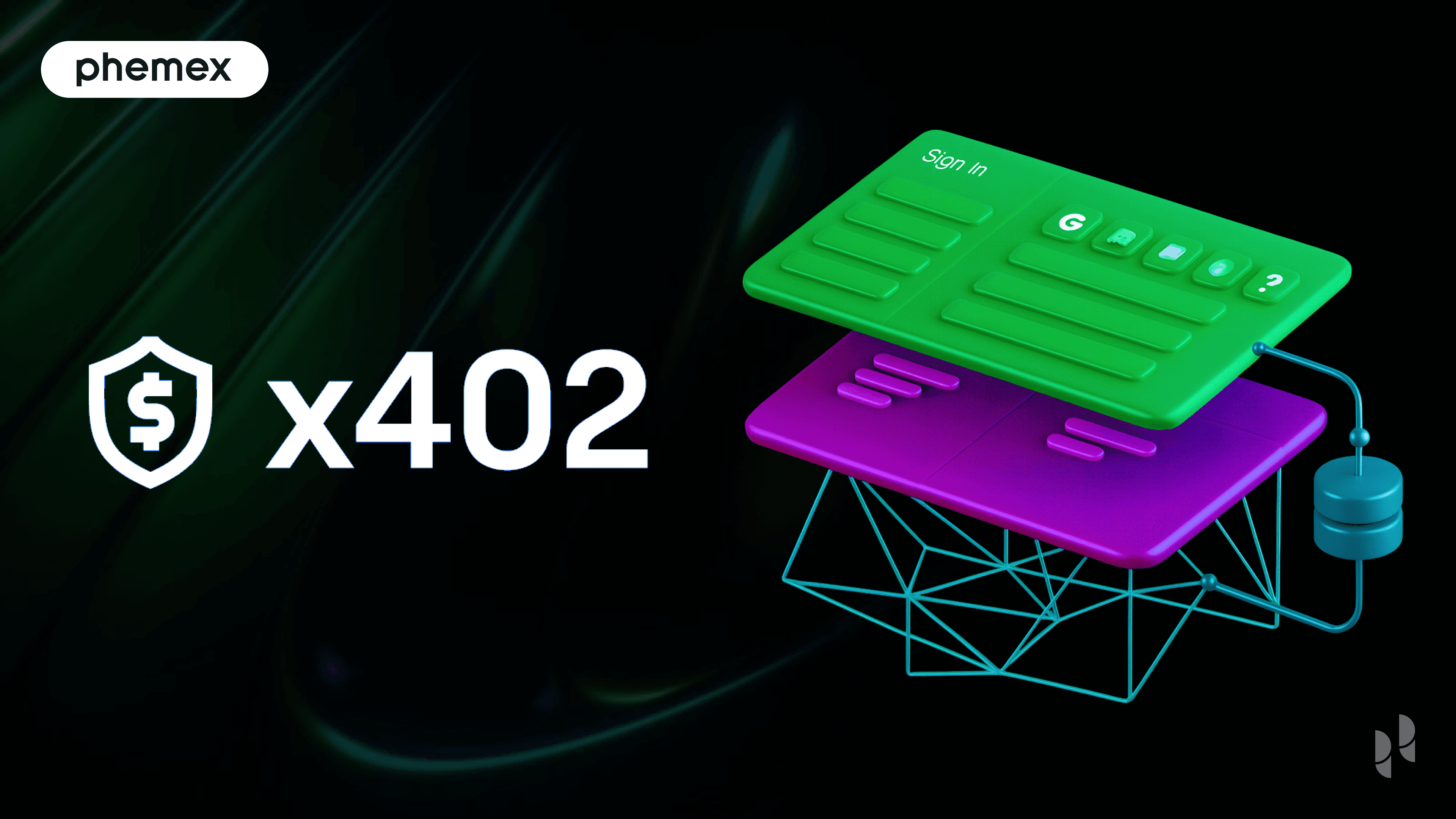Short for the application-specific integrated circuit, ASIC is a microchip designed for a particular purpose, such as a transmission protocol. In the cryptocurrency space, ASICs are used for computing cryptographical puzzles, in particular, for mining new Bitcoins. Because Bitcoin mining requires miners to solve mathematical problems through tough computer computations, ASIC machines are very suitable. However, the crypto space is also full of cryptocurrencies that don’t require ASICs for mining new coins.

What are ASIC Resistant Cryptocurrencies?
ASIC-resistant coins, as the name suggests, are cryptocurrencies with ASIC-resistant algorithms. Their ecosystem is built in a way that disables users to mine coins with ASIC machines. Therefore, mining these cryptocurrencies with ASICs is nearly impossible. One may still try to mine these coins using an ASIC, but that would bring no significant returns. While some networks create ASIC-resistant coins to preserve and increase the degree of decentralization of their blockchains, others do it to make mining affordable for everyone.
Which Cryptocurrencies Are ASIC-Resistant?
Ethereum (ETH): Ethereum is a popular example of an ASIC-resistant blockchain. The reason why Ethereum is ASIC resistant is because the network utilizes the Keccak-256 hashing algorithm, which rejects hashes from ASIC machines. The algorithm is designed so that it only produces hashes for mining purposes and serves no other computing function. Unlike Bitcoin, which relies heavily on ASICs for mining new blocks, Ethereum’s PoW hashing algorithm favors GPU units that are accessible and affordable.
Monero (XMR): Monero is another cryptocurrency designed to be ASIC-resistant. Therefore, no special machines are required to create a new Monero. The privacy-based coin utilizes a RandomX hash function along with the CryptoNote protocol to produce new blocks. While Bitcoin is mined mainly by mining farms full of ASICs, Monero coins can be mined via CPUs and GPUs. Furthermore, Monero being ASIC-resistant means there has been a considerable increase in the network’s hash rate, which can be seen in the graph below.

Ravencoin (RVN): Ravencoin is a forked version of Bitcoin that utilized an X16R hashing algorithm in the past. However, last year, developers forked the network and switched to the new KAWPOW mining algorithm. This mechanism allows miners to utilize the memory and computing capabilities of GPUs. This update made Ravencoin resistant to ASICs and helped it achieve more decentralization as new coins could be mined by anyone using GPUs.
Ethereum Classic (ETC): Ethereum Classic is a hard fork of the Ethereum network that aims to maintain the integrity of the original Ethereum blockchain. Ethereum Classics are non-ASIC coins that previously used a modified version of Ethereum’s mining algorithm called EtcHash. However, like Ethereum, the Ethereum Classic team also updated the network with the Kecaak-256 algorithm in its recent Thanos upgrade, which enabled miners with even 3GB GPUs to mine Ethereum Classic.
Vertcoin (VTC): Vertcoin is a fork of Bitcoin, designed as a GPU mined version of Bitcoin to add more security and decentralization to the network. It is probably the most ASIC-resistant coin out in the market that utilizes an ASIC-resistant algorithm called lyrar2v3. The reason is its developers are highly committed to a non-ASIC approach because they have decided to hard fork the network if anyone could build an ASIC successfully. This approach disincentivizes making an ASIC for Vertcoin.
ASIC-Resistant Mining – Reducing The Threat of Computing Power Monopolies?
Though blockchain networks have always been considered a decentralized technology, the 51% hack on the Ethereum Classic network showed that computing power can still be monopolized. A large mining pool can employ dubious methods to increase their block rate higher than their computing power ratio by using ASIC boost, eclipse attack, or other means resulting in a 51% attack. This is what exactly happened in the case of the Verge (XVG) network. The blockchain went under a 51% attack when a mining tyrant owned 10% of the network’s total computational power.
A similar attack on an extensive network like Bitcoin is next to impossible, but smaller-cap coins remain under the threat of being monopolized. Thus, to prevent problems caused by monopolies, many blockchain networks have adopted the concept of ASIC-resistant protocols.
Additionally, the proponents believe that the ASIC-resistant algorithms increase community participation by lowering the barrier to entry and creating a more secure and distributed blockchain ecosystem that is fair and accessible.
Conclusion
Cryptocurrencies that don’t support ASICs can be mined using GPUs and CPUs, thereby allowing everyone to become part of the network without purchasing costly machinery. It not only makes a blockchain-based platform more decentralized but also makes mining more affordable. The crypto world has already started to transition towards ASIC-resistant consensus algorithms like proof-of-stake (PoS) and proof-of-authority (PoA).
Read More
- What are Crypto Mining Rigs: An Overview of ASIC, GPU and CPU Miners
- What is Crypto Mining & How does it Work?
- What is CryptoNight: The Great Mining Equalizer or Just an Efficient Mining Algorithm?
- What Are Mining Pools: The Massive Cooperatives That Power Blockchain
- What is Cryptocurrency & How does it Work?
- Explain Altcoins: Top Altcoins to Watch in 2022
- What is Cryptocurrency & How It Differs From Digital Cash
- What is AML in Cryptocurrency Markets









